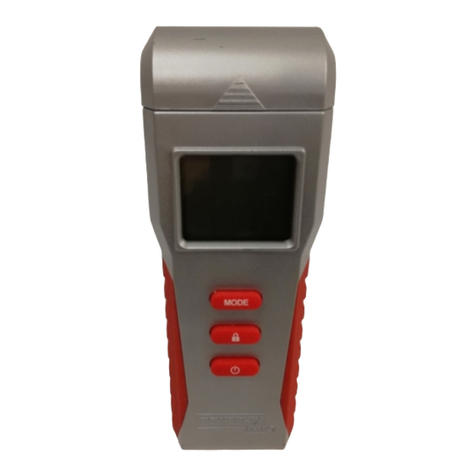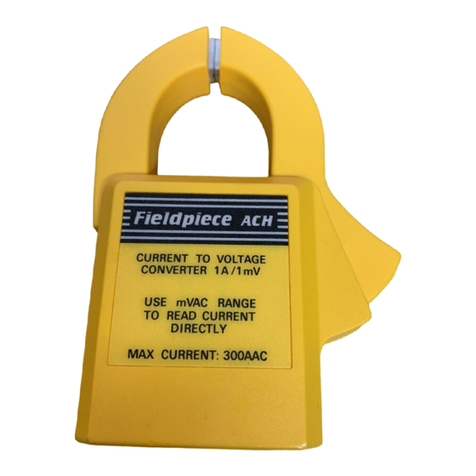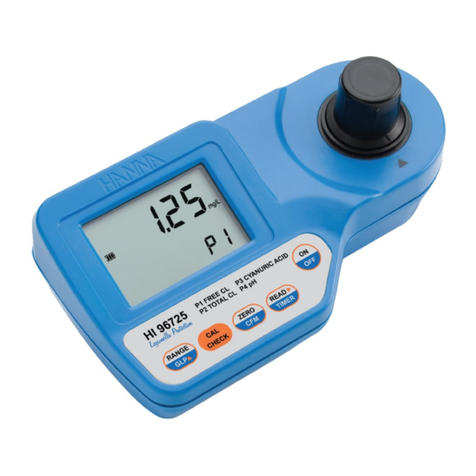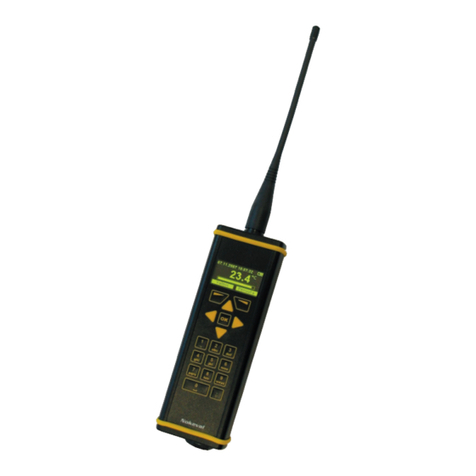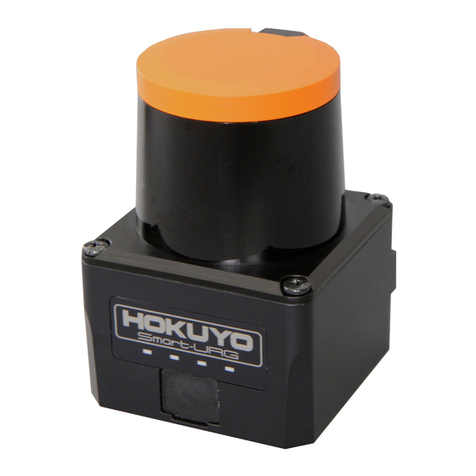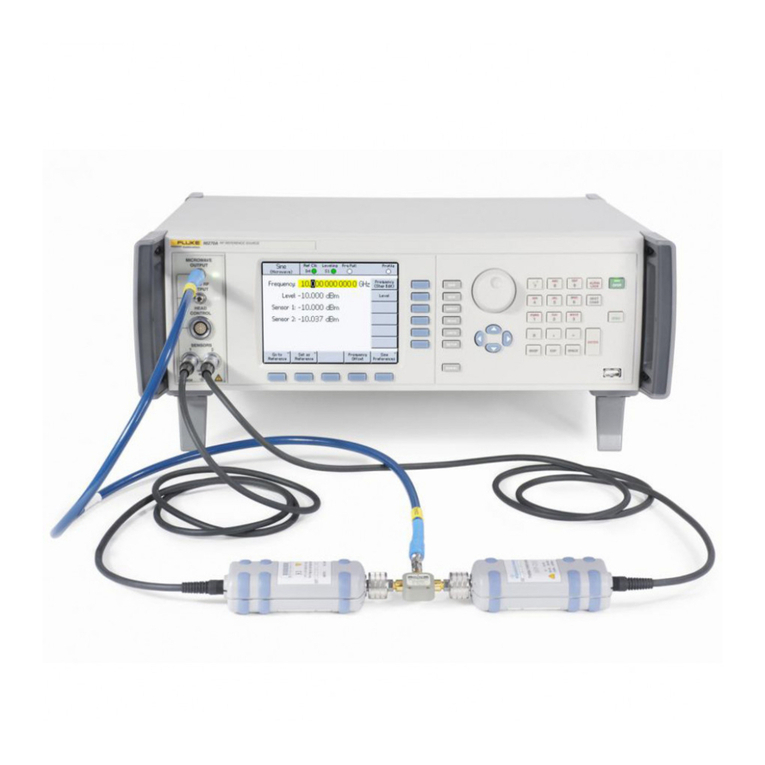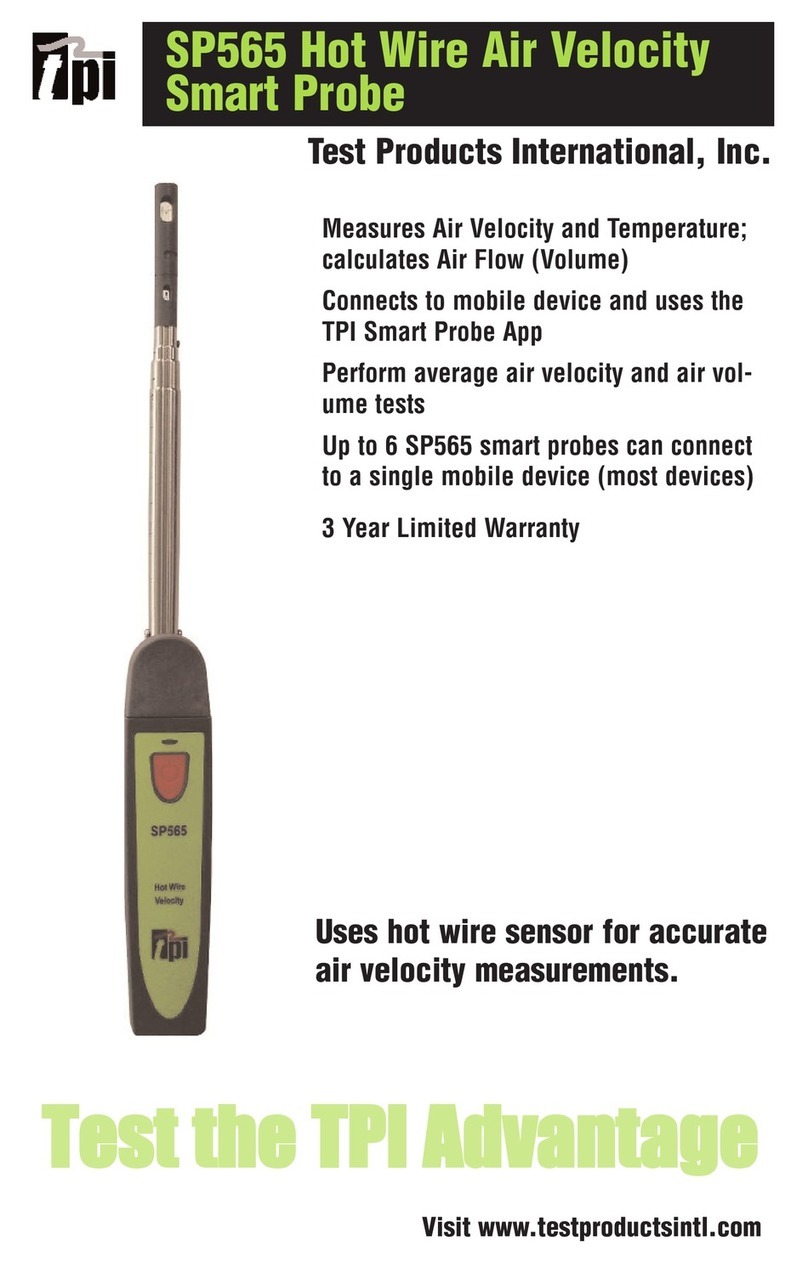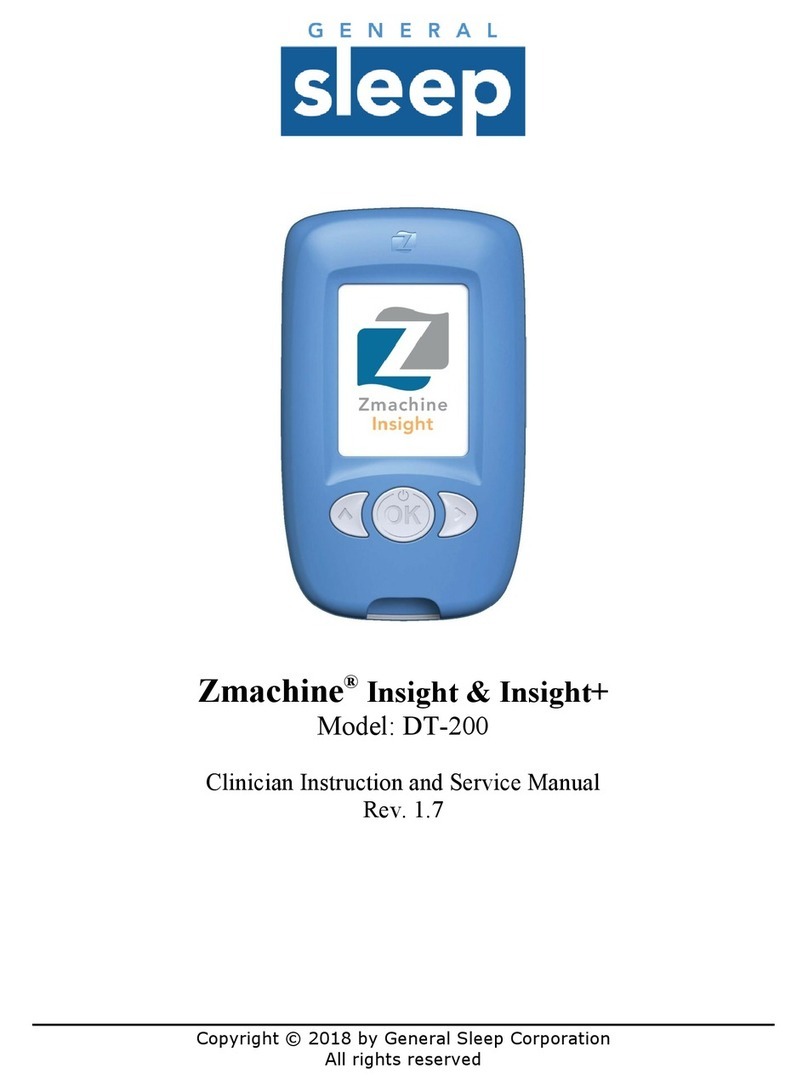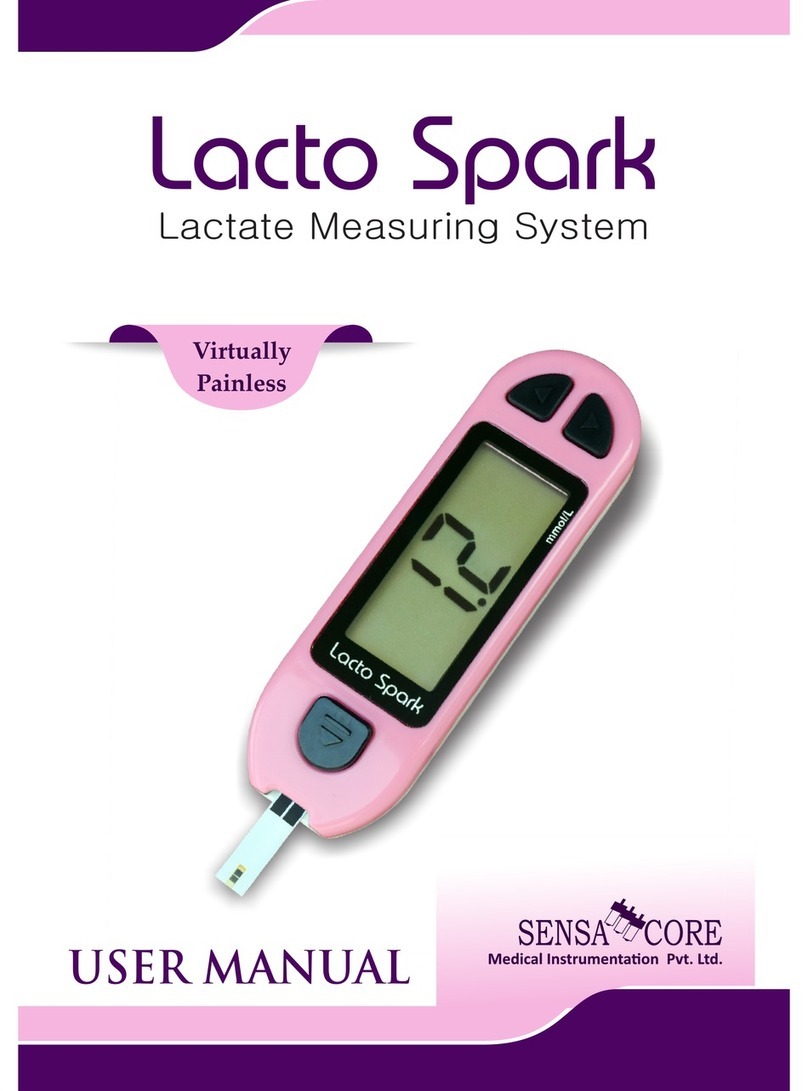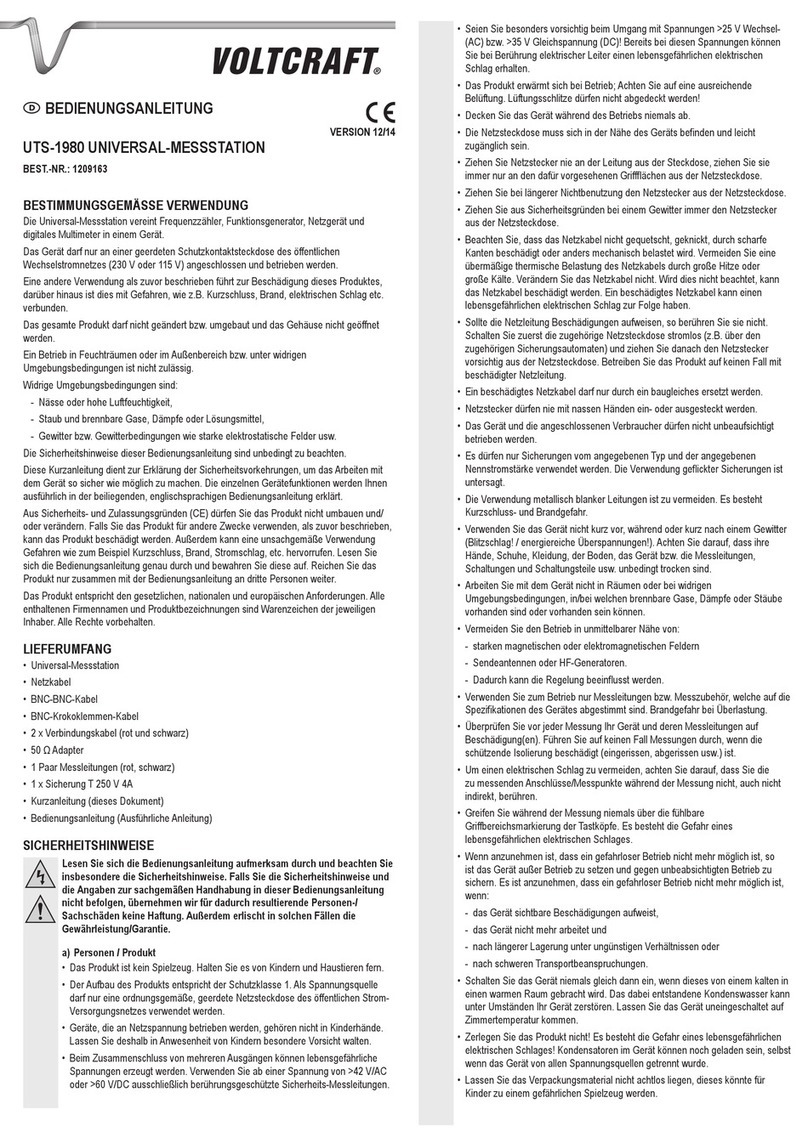___________________________________________________________________
Issue 02 - 12/2003 CO 7500, English 2
OPERATION
Introduction
Your colorimeter is a small, robust, easy to use instrument that has been designed
with both the student user and “field” user in mind. It is ideal for teaching the
principles of science and analysis in sixth form colleges and technical schools, as
well as being rugged enough for measurements in, for example, remote location
health clinics where simple diagnostic tests need to be made.
The instrument measures in absorbance and % transmission mode as well as in
simple kinetics, enabling changes in absorbance over time and reaction rates to be
determined. It can be used in the 400 –700 nm wavelength range as it has an
integral, colour coded rotating wheel containing filters at 440, 470, 490, 520, 550,
580, 590 and 680nm. These are made from coloured gelatin and are encased in
glass, enabling the instrument to be used in “tropical” conditions. A filter is selected
by moving the wheel until the required wavelength is displayed in the window
above the cell compartment.
The instrument produces stable white light that is directed through the reference and
sample solutions in turn to a detector after being filtered to a single colour. This
colour is normally chosen to be complimentary (that which is most absorbed) to the
test solution. The amount of energy passing through the reference is deemed
equivalent to 100% transmission and is compared with that through the absorbing
sample, measured as T% (normally 0< T< 100).
Successful measurement of concentration is dependent on arranging the chemistry
and conditions to get the best agreement with the Beer/Lambert Law. To make full
use of the instrument’s excellent performance, it is recommended to arrange the
chemistry and dilutions to give Absorbance readings in the range 0.2 - 1.2A. Below
0.2A the relative concentration accuracy is reduced, whilst Absorbance readings
above 1.2A imply concentrations of high molar strength that do not obey
Beer/Lambert's Law so well. In addition small photometric errors become
increasingly important and the effect of stray light will increase.
If it is not possible to stay within these bounds it may be desirable to make
calibration curves for known concentrations and their measured Absorbances. As
colorimeter measurements are comparative it is essential that only the solutions
themselves change. This product contains a fully stabilised light source and
electronics with a fixed light path.
The instrument can be linked via a serial lead to either a serial printer for hardcopy
output or to a PC for download of results to spreadsheet. It has an analogue output,
and can also be connected to a chart recorder to output absorbance time data when in
kinetics mode.
